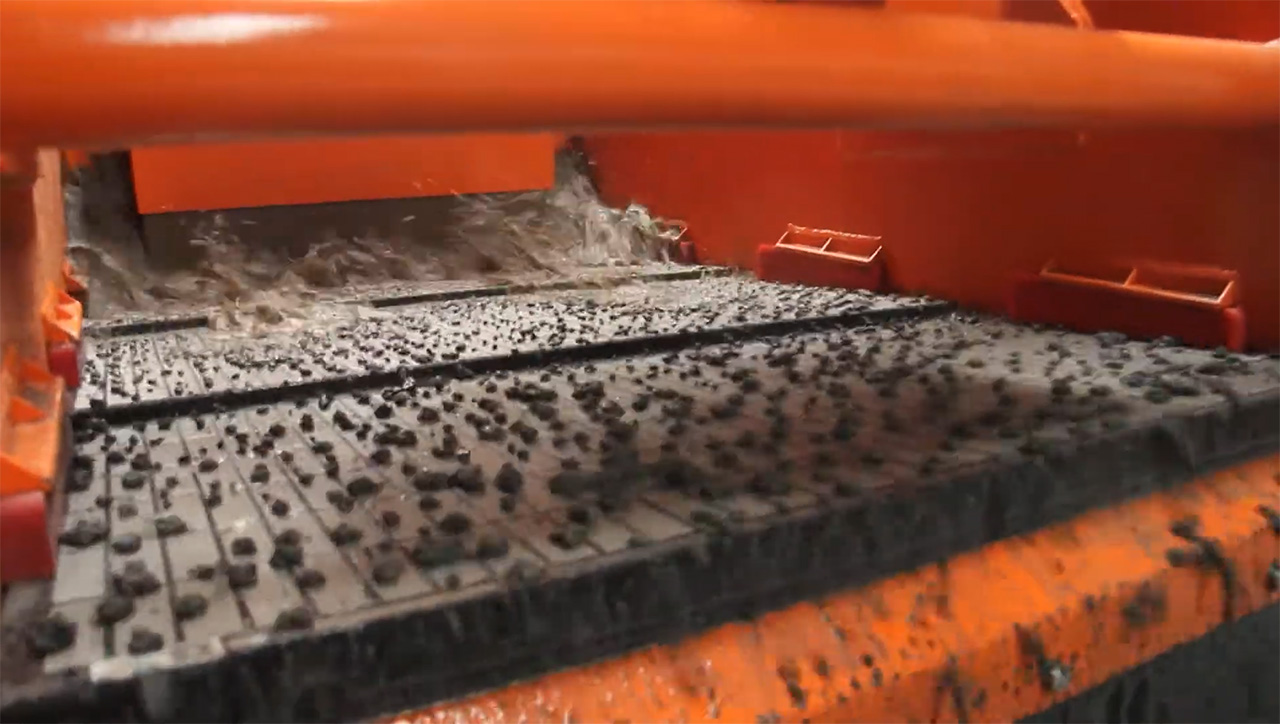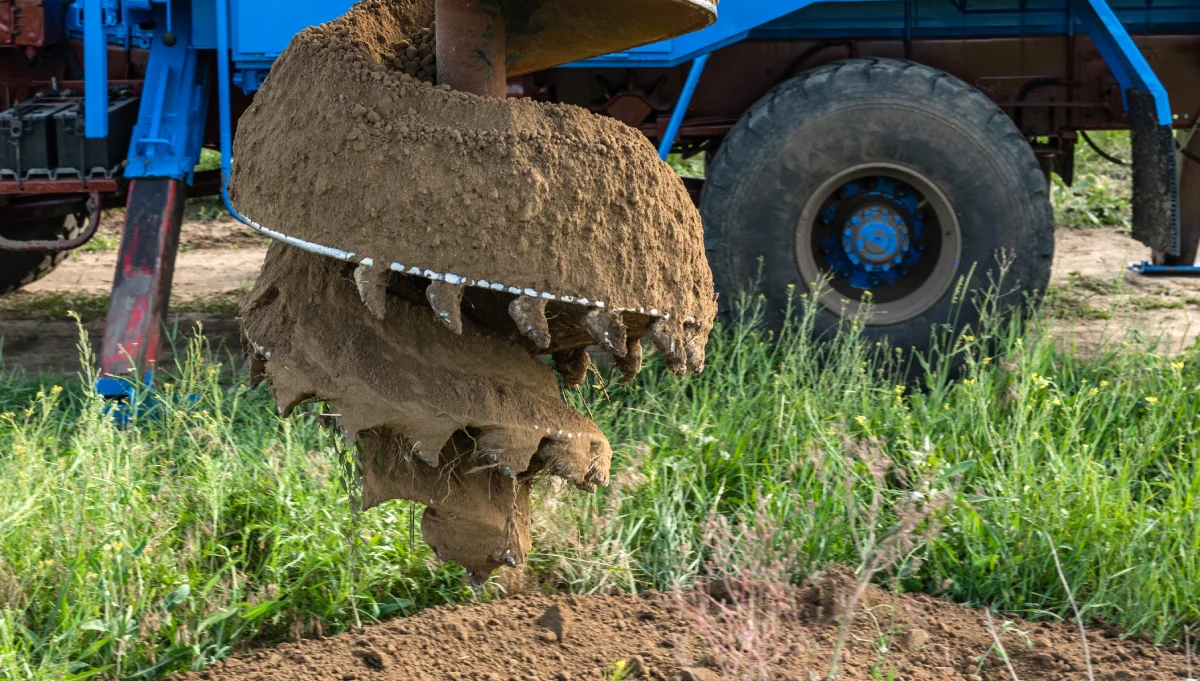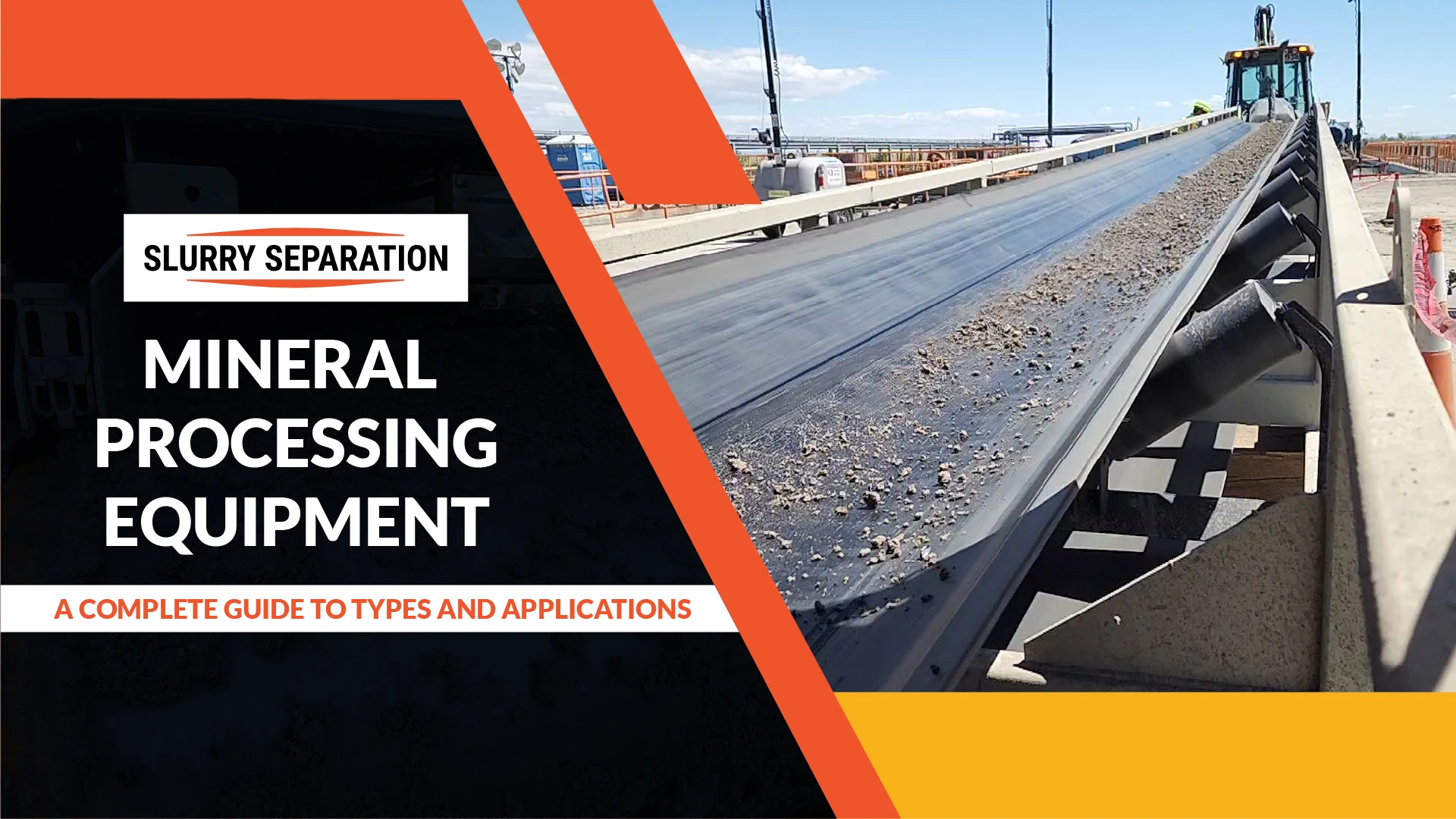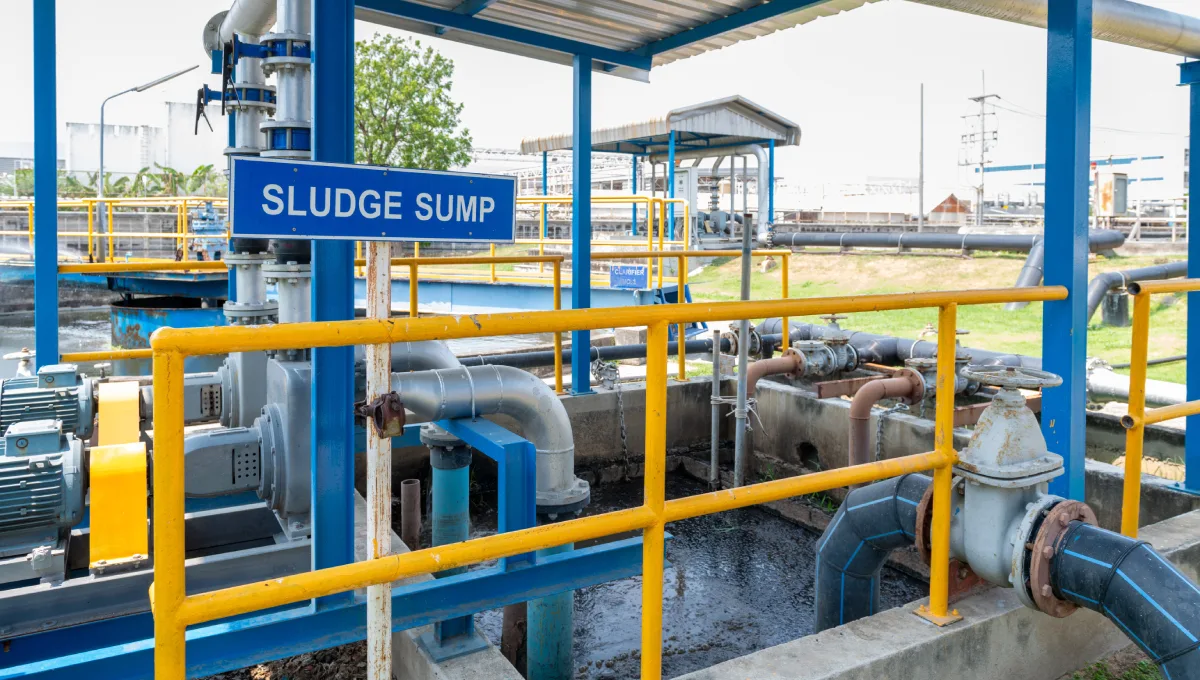- 1. What are the Specific Solids Control Requirements of the Project?
- 2. What are the Space and Mobility Constraints at the Project Site?
- 3. What is Your Desired Level of Automation and Control?
- 4. What is the Overall Cost of Ownership and Maintenance?
- 5. What are the Environmental and Regulatory Considerations?
- Slurry Separators Can Change the Game, But Do Require Due Diligence
Investing in a slurry separator for construction or dredging projects requires careful consideration of various factors to ensure optimal performance, efficiency, and the best return on investment. As an essential component of a solids control systems or on their own, slurry separators play a critical role in separating solids from drilling fluids and slurries, thereby enhancing project productivity and minimizing environmental impact. The following are five key questions that construction or dredging professionals should ask themselves before investing in a slurry separator like the S-Force 1000 for their company and projects.
1. What are the Specific Solids Control Requirements of the Project?
The first question to consider for any slurry separator buyer is the specific solids control requirements of the project, including the type of solids to be separated, particle size distribution, and anticipated flow rates. Construction and dredging projects vary widely regarding soil and sediment characteristics, ranging from fine-grained silts and clays to coarse sands and gravels. Understanding this solids composition and size distribution is essential for selecting a slurry separator with appropriate screen mesh sizes and configurations to achieve effective solids separation. Fortunately, the S-Force 1000 is entirely customizable, and our engineers can help you configure your system to provide the most efficient results under any conditions and help you plan for future projects. Additionally, consider the anticipated flow rates and processing capacity required to ensure your unit can efficiently handle the projected volume of drilling fluids or slurries.
2. What are the Space and Mobility Constraints at the Project Site?
The next consideration you’ll want to take note of is the space and mobility constraints at your project site, as these factors influence the size, configuration, and mobility requirements of the slurry separator. Construction and dredging projects often operate in confined or remote locations with limited equipment setup and operation space. With each project, it’s critical to assess the available space for installing the slurry separator, including clearance requirements for maintenance and operation.
Additionally, consider the mobility requirements, particularly for projects that involve frequent relocations or transportation between multiple job sites. The S-Force 1000 offers compact design, easy transportability, and flexible installation options to accommodate site-specific constraints and logistical challenges.
3. What is Your Desired Level of Automation and Control?
Another important consideration is your desired level of automation and control for the slurry separation system. Various slurry separators may feature automated controls, variable speed drives, and real-time monitoring systems for enhanced performance and efficiency. Evaluate whether not only your current project, but also future projects, require manual or automated operation. This will of course mean you will have to consider factors such as operator skill level, project complexity, and budget constraints.
Automated shale shakers offer benefits such as consistent performance, remote monitoring capabilities, and data logging for process optimization and troubleshooting. However, they may also entail higher initial investment costs and maintenance requirements compared to manual systems.
4. What is the Overall Cost of Ownership and Maintenance?
Beyond the initial purchase price, consider the overall cost of ownership and maintenance associated with a slurry separator over its operational lifespan. Evaluate factors such as equipment durability, reliability, energy efficiency, and maintenance requirements to assess the total cost of ownership. Additionally, consider the availability and cost of spare parts, consumables, and technical support services from the equipment manufacturer or supplier. Choose a slurry separator that offers a balance between upfront investment costs and long-term operational efficiency, taking into account factors such as equipment lifespan, maintenance intervals, and anticipated downtime. We believe the S-Force 1000 offers that and much more.
5. What are the Environmental and Regulatory Considerations?
Lastly, consider the environmental and regulatory considerations associated with slurry separation operations in construction or dredging projects. Evaluate the potential environmental impact of solids disposal, fluid discharge, and noise emissions from slurry separation operations, particularly in sensitive or protected areas. Ensure compliance with local regulations, permits, and environmental management plans governing solids control, wastewater treatment, and waste disposal practices. Select a slurry separator that incorporates environmentally friendly features, such as efficient solids removal, water recycling capabilities, and noise mitigation measures, to minimize environmental impact and ensure regulatory compliance.
Slurry Separators Can Change the Game, But Do Require Due Diligence
Investing in a slurry separator (shale shaker) for construction or dredging projects requires careful evaluation of specific project requirements, site constraints, automation preferences, cost considerations, and environmental considerations. By asking the above five key questions and conducting a thorough assessment of project needs and equipment specifications, construction and dredging professionals can make informed decisions and select the most suitable separator for their company and projects. Choosing the right shale shaker offers multiple rewards: efficient solids control, enhanced project productivity, and environmental sustainability in construction and dredging operations.




